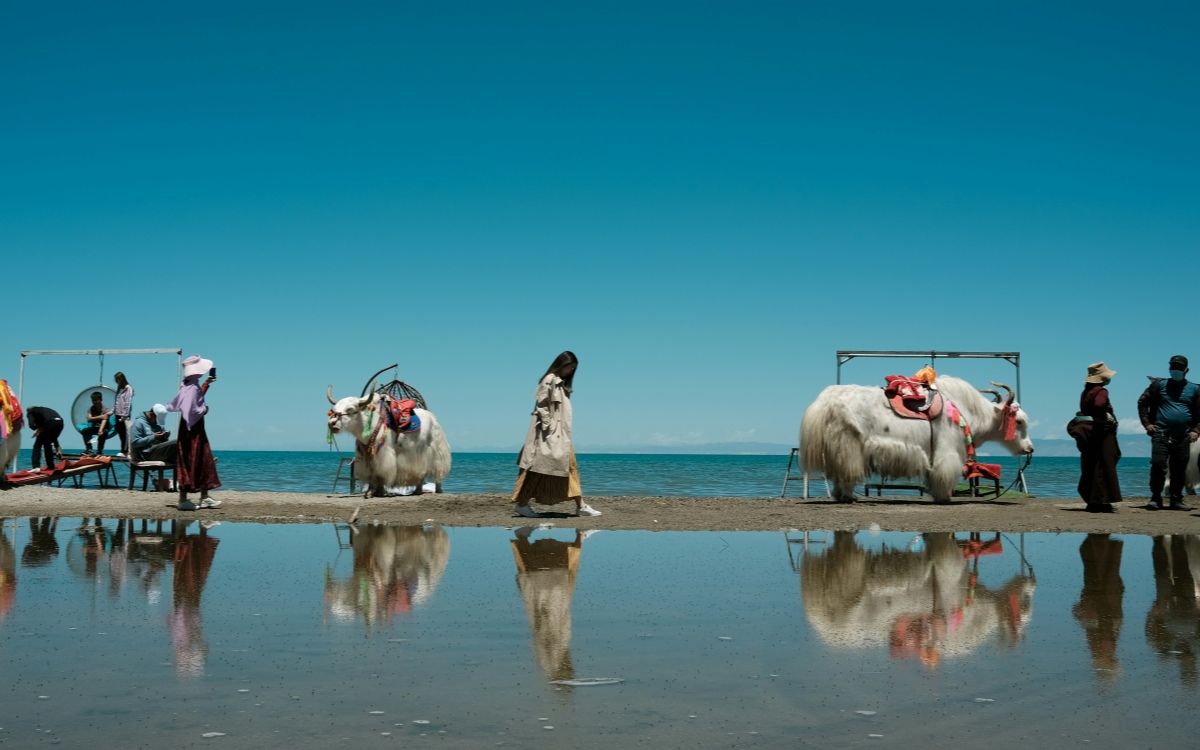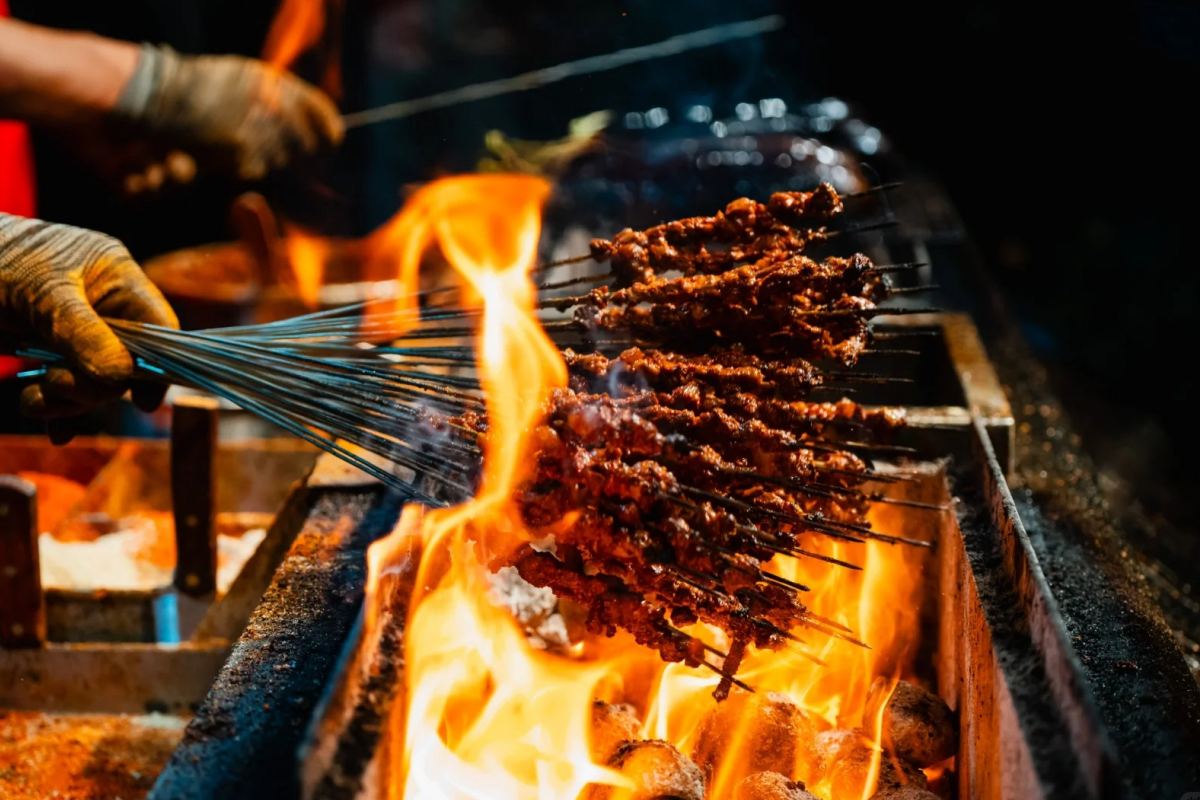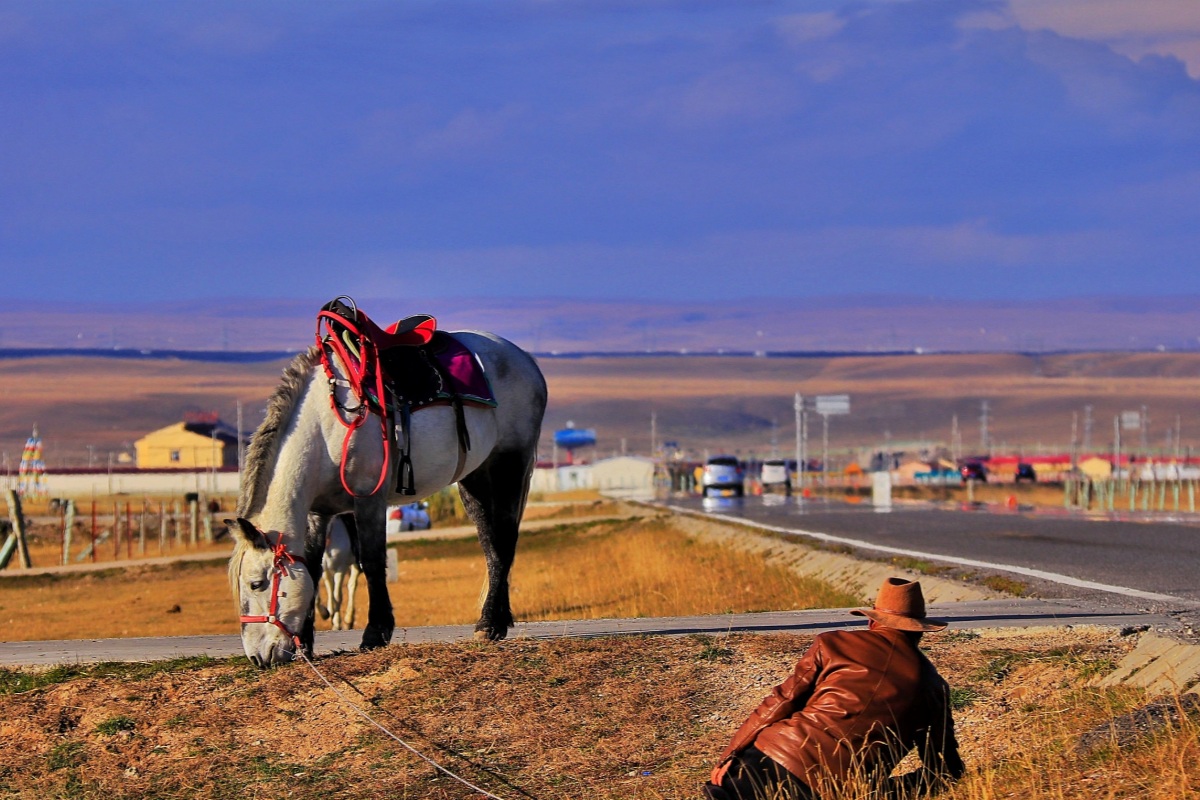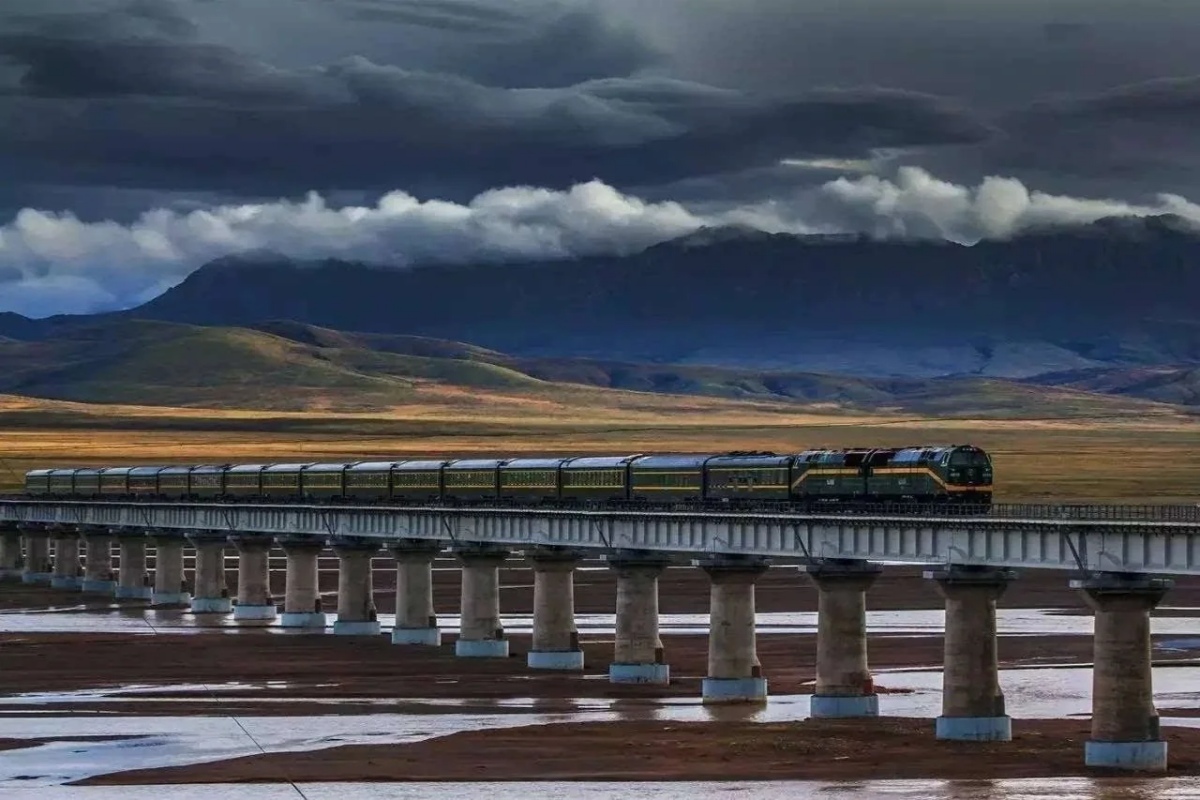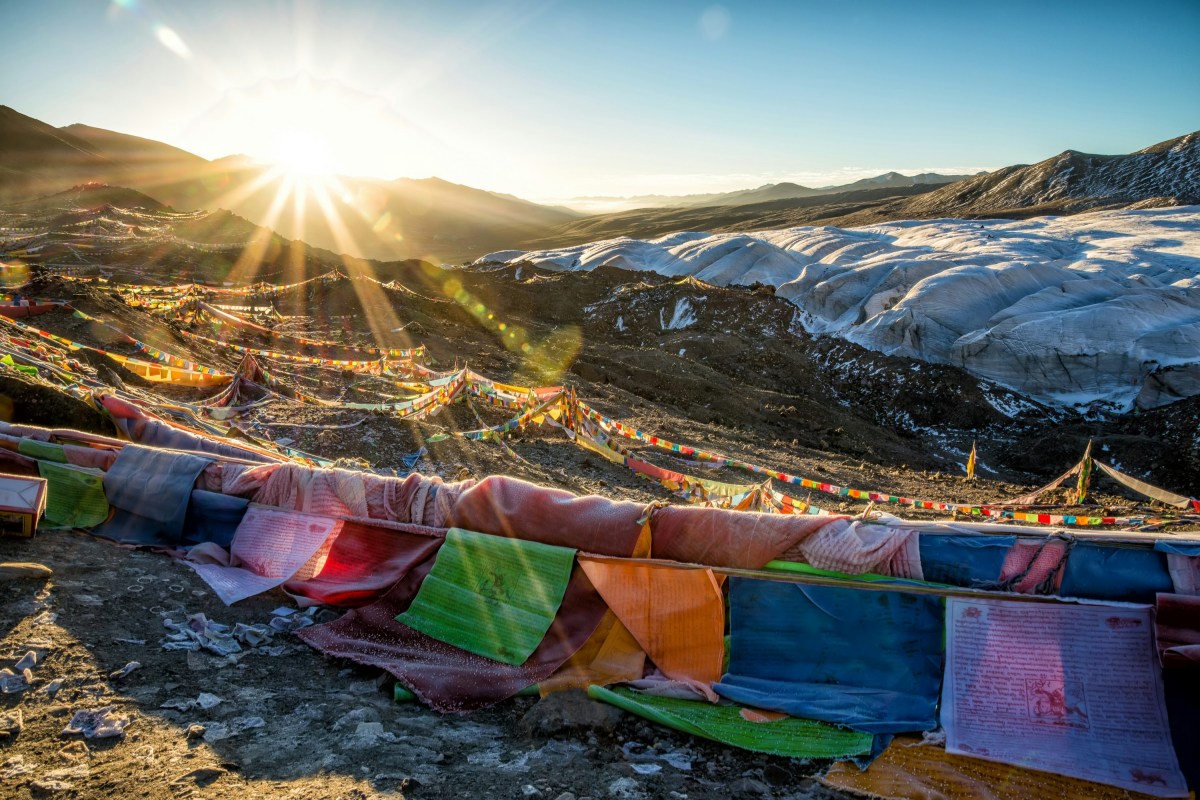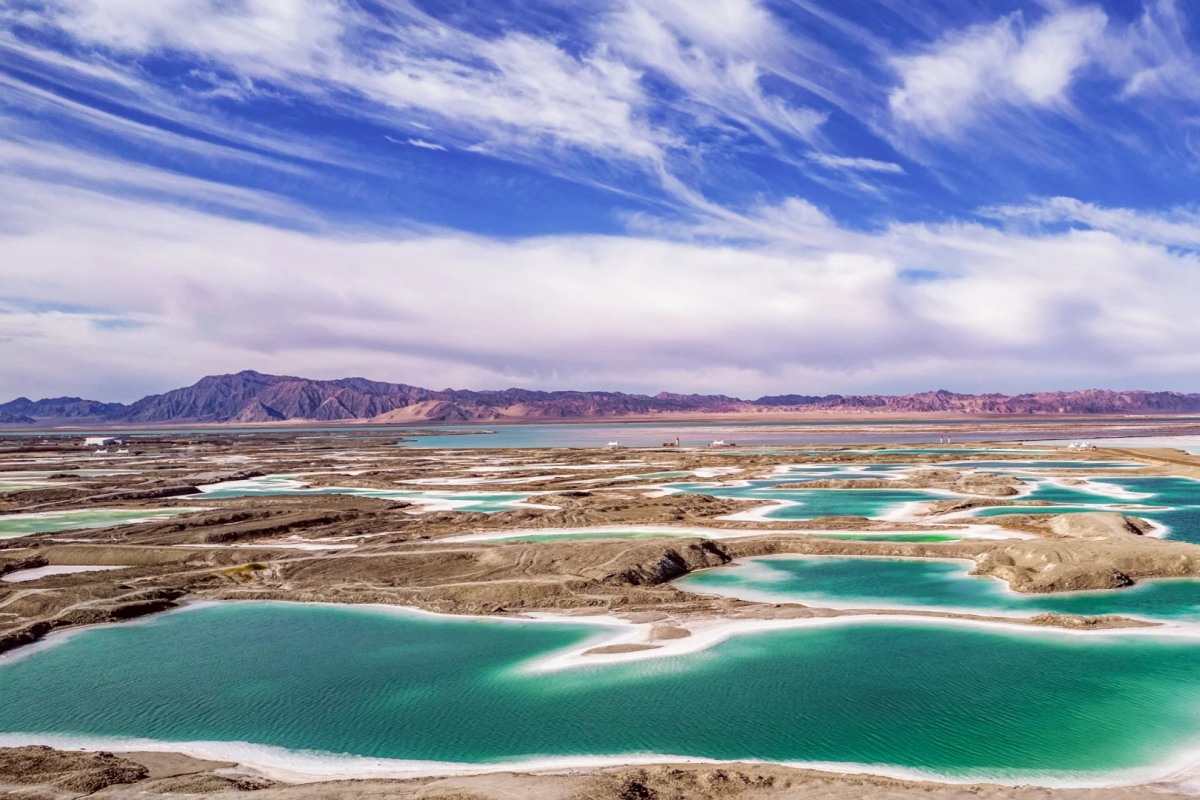Table of Contents
Toggle1. Qinghai Lake(Kokonor Lake)
What to See: China’s largest saltwater lake is a blue wonder, surrounded by golden rapeseed fields in summer (July–August).
Best Time: June–September (Avoid rainy season: September–October).
Tips:
- Check weather forecasts for clear days.
- Bring cash for snacks; some areas have limited vendors.
- Avoid weekends for fewer crowds.
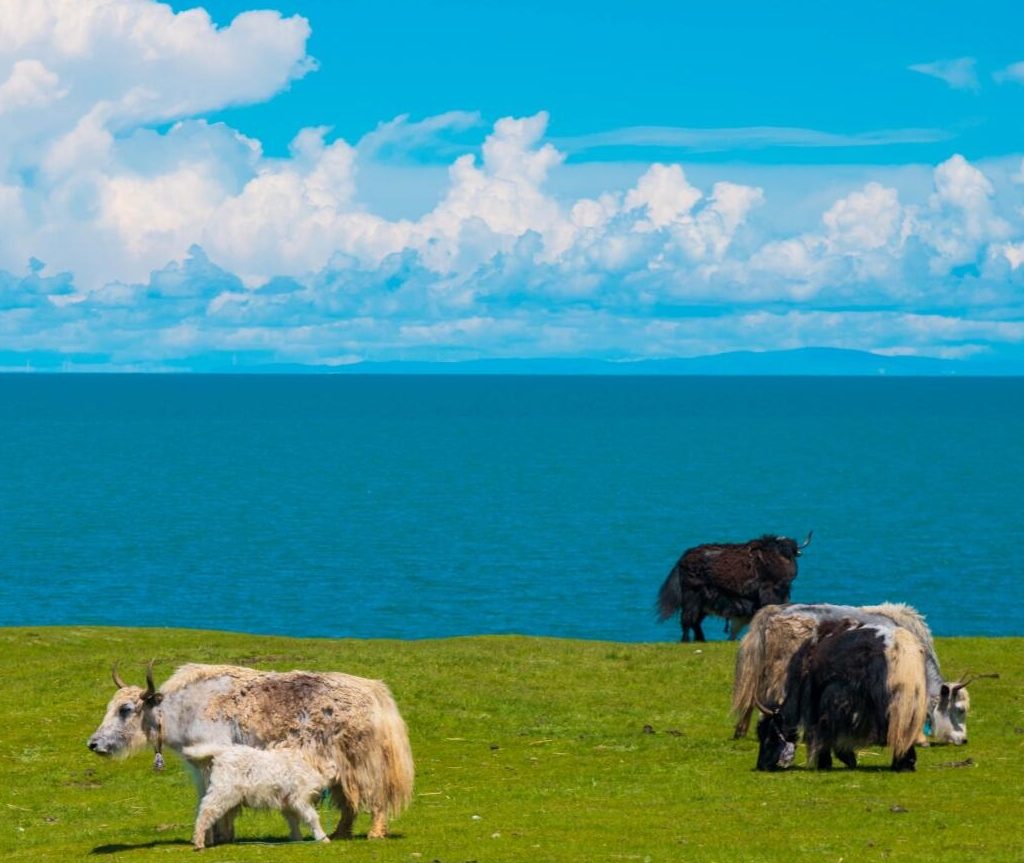
2. Chaka Salt Lake
What to See: Known as “Sky Mirror,” the lake reflects snow-capped mountains and clouds.
Best Time: May–October (Avoid rainy days).
Tips:
- Wear red or bright clothes for photo contrast.
- Bring slippers to walk in the shallow salt water.
- Sunscreen and hats are must-haves due to strong UV rays.
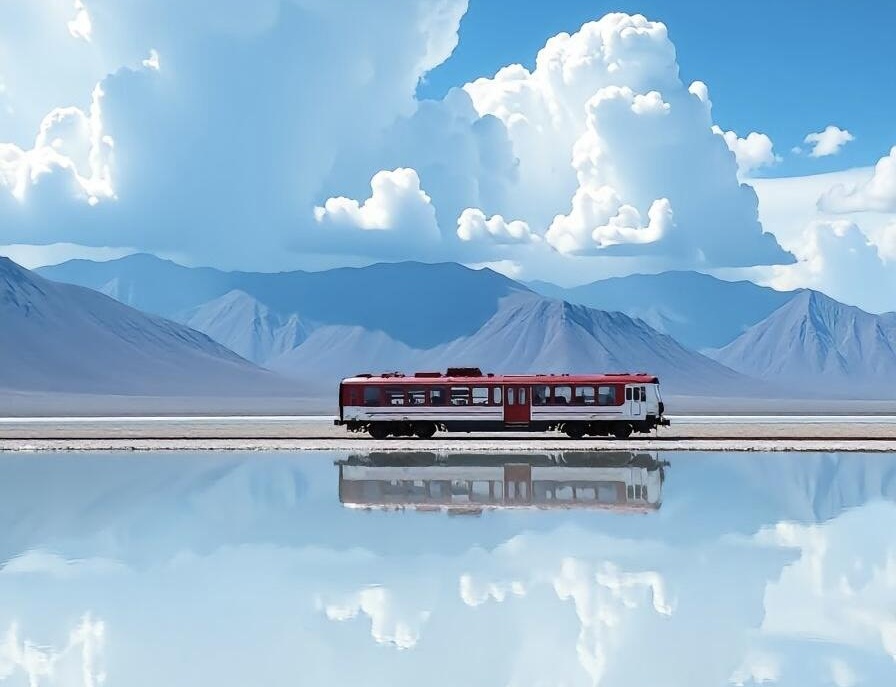
3. Kumbum Monastery(Ta’er Temple)
Kumbum Monastery is one of the most important Tibetan Buddhist monasteries in China. It is located 25 kilometers from Xining. The monastery has beautiful architecture and colorful murals. It is a peaceful place to learn about Tibetan culture.
What to See: A 5A-rated Tibetan Buddhist temple with intricate butter sculptures(Chinese: 酥油花).
Best Time: April–October (Avoid Mondays for fewer crowds).
Tips:
- No photography inside temples; respect local customs.
- Hire a guide to understand the history.
- Dress modestly (no shorts/skirts above knees).
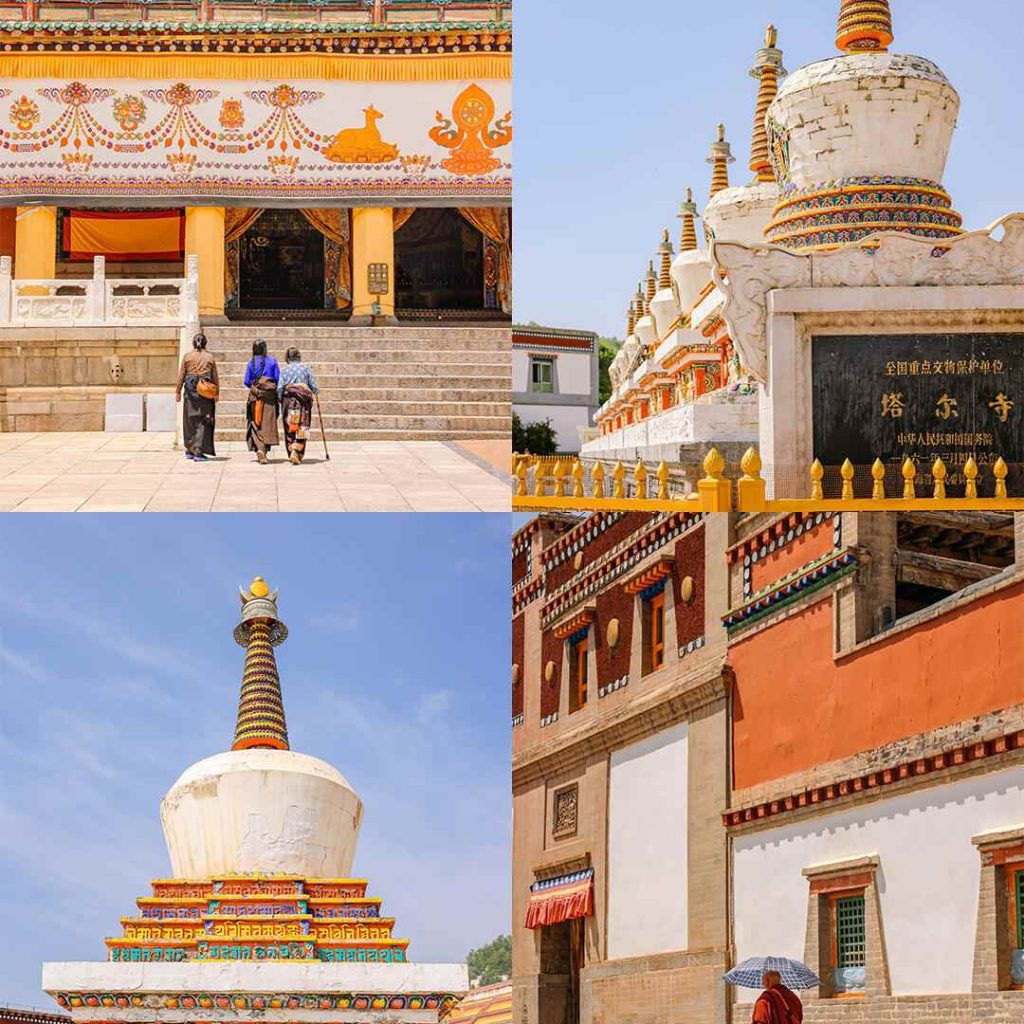
4. Qilian Mountains
The Qilian Mountains lie in northwest Qinghai. They are known for their tall peaks and lush vegetation. These mountains are great for hiking and nature photography.
Location: Border between Qinghai and Gansu.
Why Visit: Snow-capped peaks, green valleys, and wild yaks. Drive through the scenic Biandukou Pass for panoramic views.
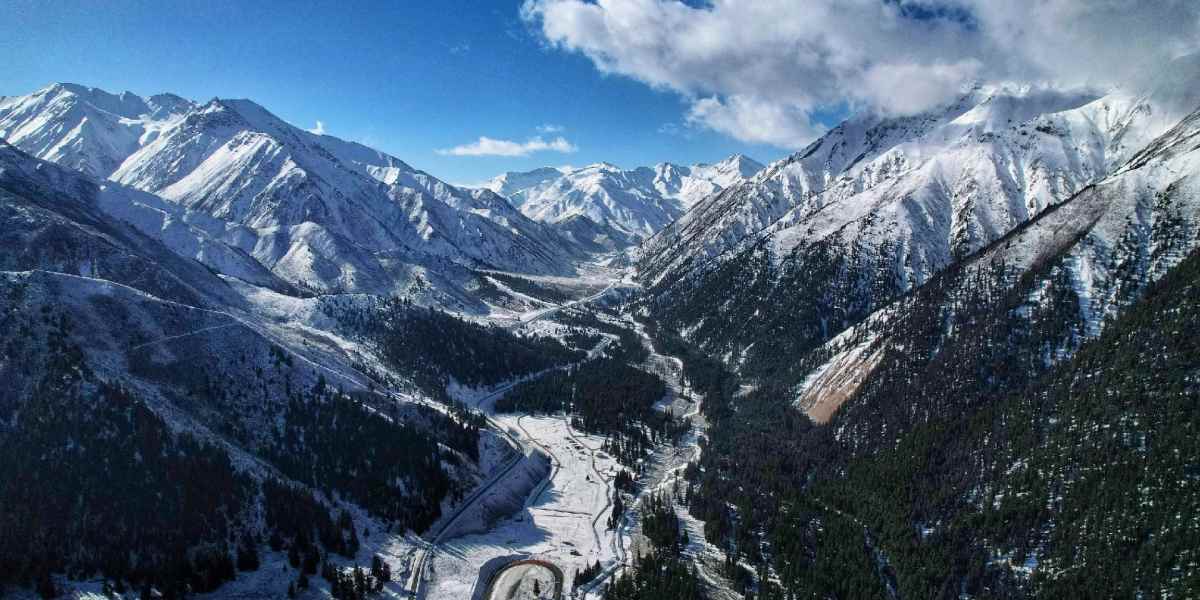
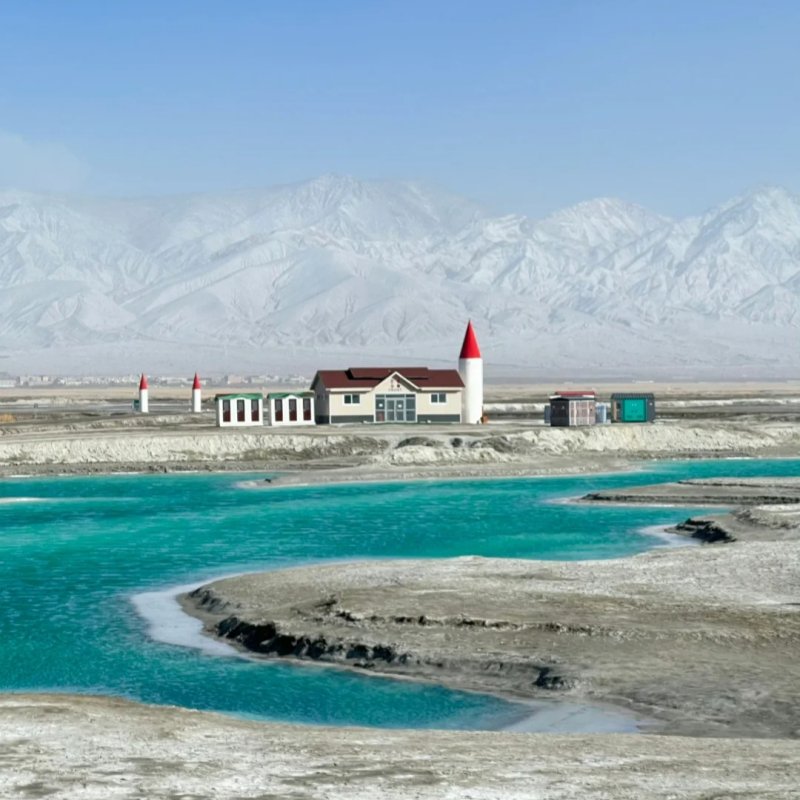
8 Days Gansu Qinghai Tour | Rainbow Mountains, Crescent Lake, Qinghai Lake
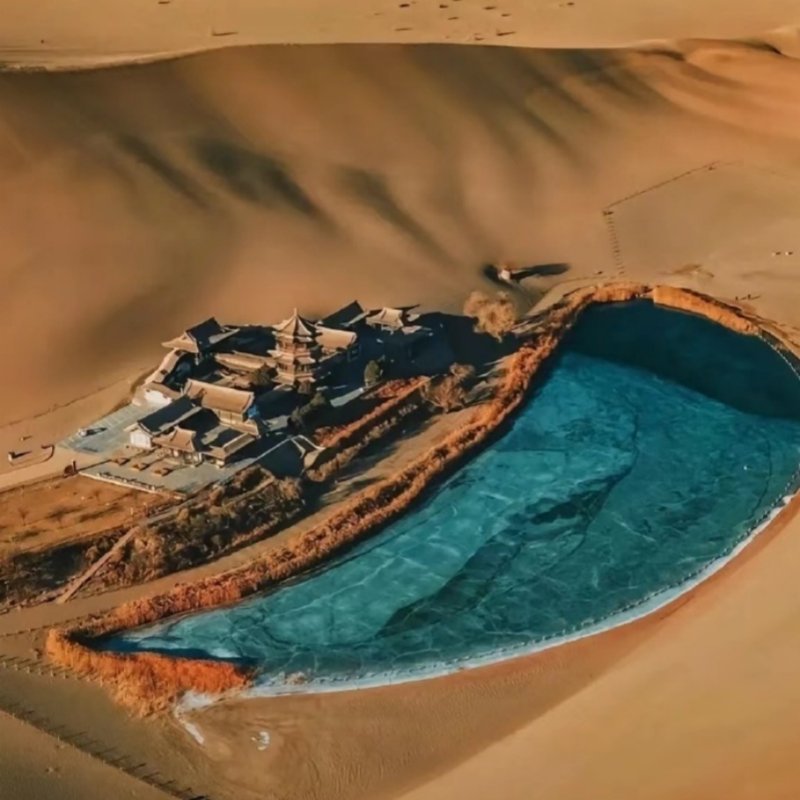
8 Days Gansu Qinghai Tour | Chaka Salt Lake, Mogao Caves, Danxia Landform
5. Qarhan Salt Lake
Location: Qaidam Basin, central Qinghai.
Why Visit: The world’s largest inland salt lake. See endless white salt flats and glowing blue brine pools. Factories here produce 70% of China’s potassium salt.
Don’t miss:
The 32-km Ten Thousand Zhang Salt Bridge.
Salt statue exhibitions
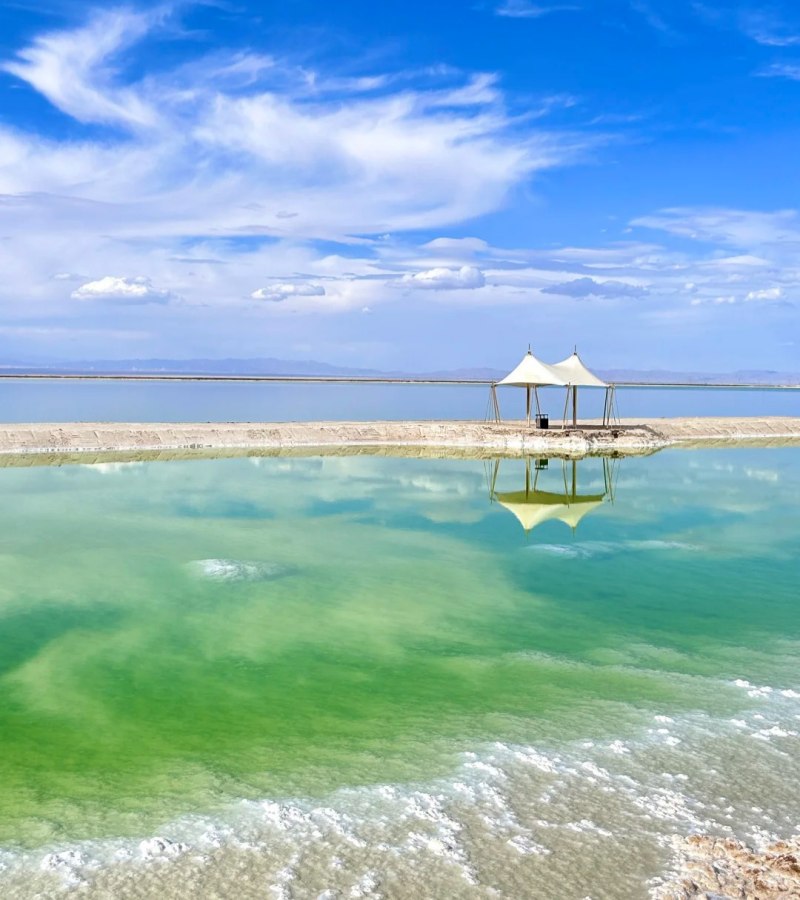
6. Hoh Xil (Kekexili) Nature Reserve
Location: Southern Qinghai, near the Tibet border.
Why Visit: A UNESCO World Heritage Site. Home to Tibetan antelopes, wild donkeys, and wolves. One of the world’s last untouched wilderness areas.
Activities:
Trekking through untouched grasslands.
Observing nomadic cultures
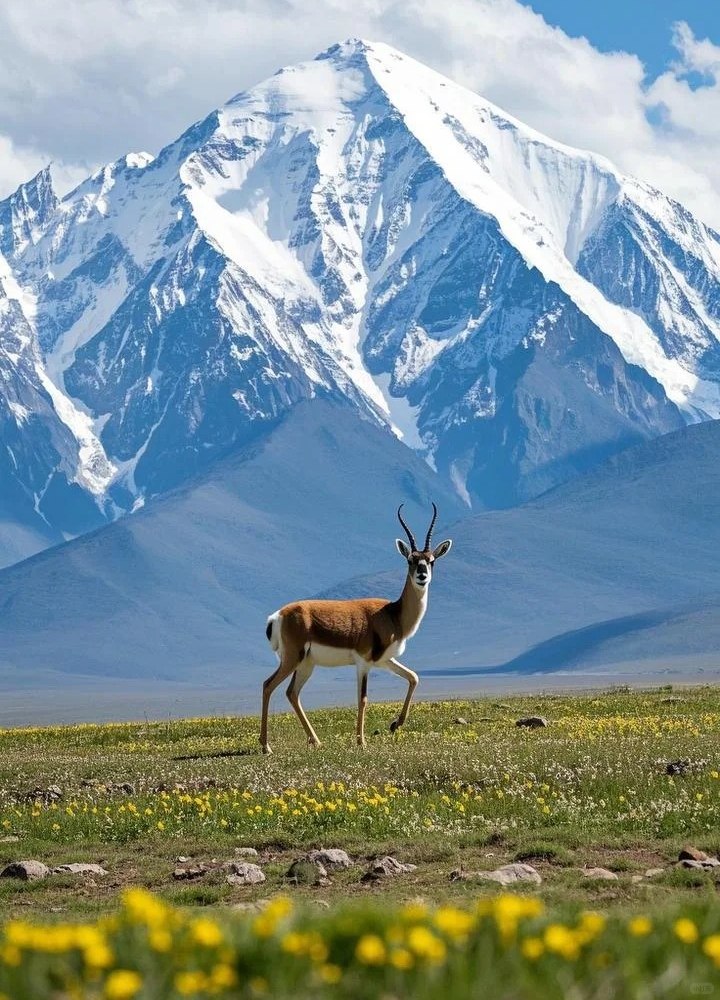
7. Kanbula National Forest Park
Location: Huangnan Prefecture, 130 km from Xining.
Why Visit: Red sandstone cliffs, pine forests, and the Yellow River. Hike trails or take a boat ride to see “Danxia” landforms (rainbow-colored rock layers).
Activities:
Hiking trails with views of cliffs and valleys.
Tibetan villages and monasteries
8. Dongguan Mosque
Location: Xining City.
Why Visit: Qinghai’s largest Islamic mosque with traditional Chinese and Arab architecture. Visit during Friday prayers to experience local Hui culture.
Visitors can:
Admire the blend of Chinese and Islamic architecture
Explore beautifully decorated prayer halls
Learn about local Islamic culture

9. Mengda Tianchi
Mengda Nature Reserve is known as the “Highland Green Pearl.” It is a great place for nature lovers and hikers.
Highlights:
Crystal-clear turquoise waters
Surrounding misty forests
Rich biodiversity
10. Wusute Yadan(Water Yadan) Geopark
Where: Located in Qaidam Basin, Haixi Prefecture, northwest Qinghai, about 340 km west of Golmud City.
What to See: Isolated rock formations in a desert lake.
Tips:
- Take the boat tour for unique angles.
- Bring insect repellent (mosquitoes near water).
- Sunset photography is a must.

